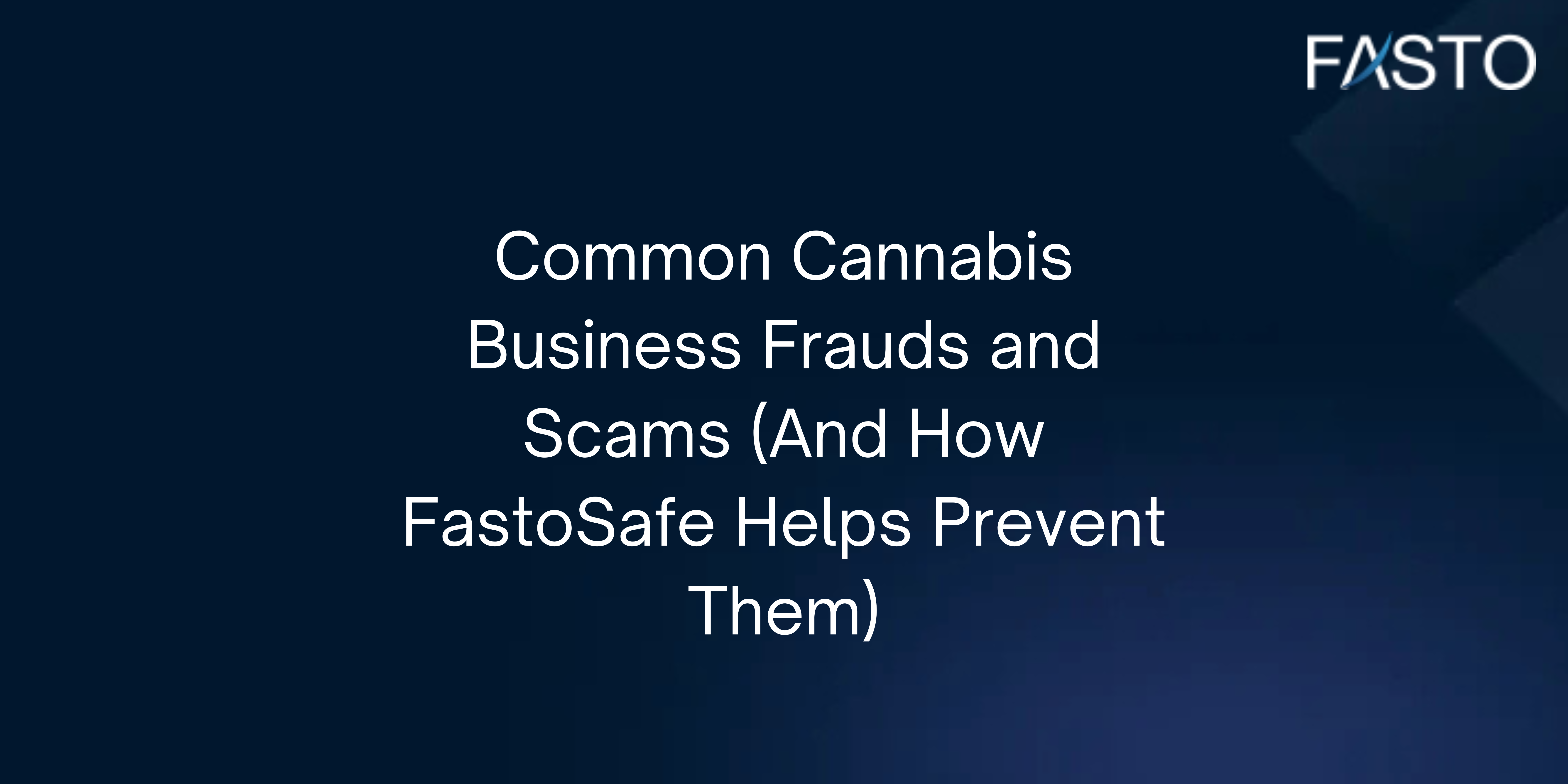With chargeback rates soaring by 20% year-over-year in high-risk industries like travel and CBD, the question isn’t whether to invest in prevention, it’s how.
Two solutions dominate the conversation: 3D Secure authentication and chargeback protection services. But which one delivers the best results? Or is combining both the true path to security and customer satisfaction? Let’s break it down.
What is 3D Secure and How Does it Help High-Risk Businesses?
The latest version, 3D Secure 2.0, uses machine learning to assess risk in real time.
Low-risk transactions (like a repeat customer using a trusted device) skip extra steps, while high-risk purchases (like a $1,000 hotel booking from a new device in a high-fraud region) trigger authentication.
Here’s why this matters for high-risk merchants:
-
Liability shift: If a transaction is authenticated with 3DS, the bank—not you—absorbs the loss from fraud-related chargebacks.
-
Blocks stolen cards: Criminals using stolen card data can’t bypass 3DS authentication, directly preventing “card-not-present” fraud.
-
Automated compliance: Many payment processors require 3DS for high-risk industries to mitigate their own exposure.
But 3DS has limits. Overusing it can frustrate shoppers, leading to cart abandonment. What happens is customers abandon purchases when faced with unexpected authentication steps. For merchants, this means balancing fraud prevention with seamless user experiences.
Chargeback Protection: Your Last Line of Defense Against Revenue Loss
Chargeback protection tools focus on fighting disputes after they’re initiated. Services like Ethoca and Verifi alert you the moment a customer contacts their bank, giving you a 72-hour window to refund the transaction or submit evidence (e.g., delivery confirmations, signed contracts).
Advanced platforms also use AI to flag risky patterns, like mismatched billing/shipping addresses, rapid-fire orders from the same IP, or high-value purchases from new accounts.
Why this is non-negotiable for high-risk merchants
You are able to fight friendly fraud: customers who claim “item not received” or “unauthorized transaction” can’t game the system if you provide instant proof.
Chargeback protection also reduces operational costs: resolving disputes preemptively avoids chargeback fees and hours of manual work.
Finally, you’re able to your processor relationships: lower chargeback ratios help you avoid dreaded “high-risk” labels and account terminations.
But chargeback protection has a blind spot: it doesn’t stop fraudsters from attempting transactions. Without 3DS, stolen cards can still breach your system, forcing you to play catch-up.

The Data-Backed Strategy Winning Merchants Use
The truth? 3D Secure and chargeback protection are stronger together.
3DS blocks fraud at the door. It stops stolen cards and shifts liability to banks. Meanwhile, chargeback protection cleans up leaks by resolving disputes that slip through, like friendly fraud or delivery issues.
Take the case of a travel agency specializing in luxury tours. Their 3DS 2.0 system challenged high-risk bookings such as last-minute $5,000 packages from new users.
Additionally, chargeback alerts resolved disputes from customers who claimed “services not rendered” due to flight cancellations. As a result, chargebacks dropped by 65%, and the business expanded to three new countries without payment processor pushback.
The Hidden Costs of Ignoring a Dual-Layer Strategy
Choosing between 3D Secure and chargeback protection isn’t just ineffective, it’s expensive.
3D Secure alone blocks stolen cards but leaves the door open to friendly fraud.
Chargeback protection alone helps you fight disputes but misses fraudsters at checkout. A CBD merchant relying solely on alerts faced a 17% fraud rate from stolen cards until they added 3DS and cut it to 3%.
Worse, relying only on one solution strains relationships with payment processors. Banks track your chargeback ratio, disputes per 100 transactions, and ratios above 1% trigger penalties. A gambling site with a 1.5% ratio saw its processor impose a 10% rolling reserve, freezing six figures in revenue.
The fix? Combine both tools to create a closed-loop system. 3D Secure blocks fraudsters during checkout while chargeback protection cleans up leaks like friendly fraud and delivery issues.
FastoSafe: The Only System That Combines Both Strategies Seamlessly
FastoSafe’s fraud prevention platform merges 3D Secure 2.0 and chargeback protection into a single, AI-driven solution designed for high-risk industries. Here’s how it works:
Dynamic 3DS authentication challenges only high-risk transactions based on real-time fraud scoring, ensuring loyal customers checkout faster.
Preemptive chargeback alerts integrate with Ethoca and Verifi to resolve disputes before they hit your ledger. AI-powered fraud rules block proxy servers, VPNs, and suspicious IPs while allowing legitimate sales.
A casino operator using FastoSafe saw chargebacks plummet by 78% in six months, with no increase in false declines.
Get in touch with us for your custom quote.


